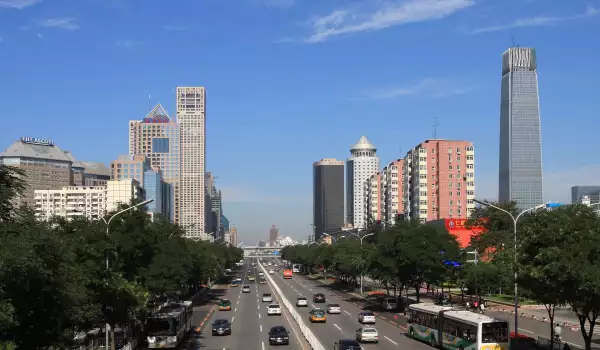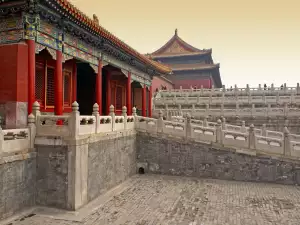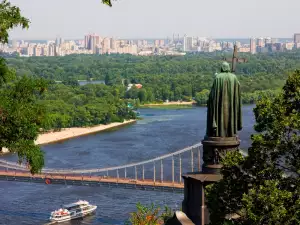Beijing

Beijing, also known as Peking, is the capital of China. This metropolis is located in the north (Beijing, translated literally means "northern capital").
In fact, the double pronunciation of the names of the city began four centuries ago, when French missionaries first began referring to the ancient city of Peking, as Beijing instead. Today, both names are considered correct.

There is evidence that there was life in Beijing even 500, 000 years ago. The city began to emerge as a settlement in the early 3rd century BC. Over the past three thousand years, the capital has served dynasties worthy of governing the country. Undoubtedly, for thousands of years Beijing has been an integral part of Chinese history. Proof of this is that almost every building in town is a sort of memorial, filled with the history of ancient fellow Asian countries. The city is famous for its magnificent palaces, religious temples, huge stone walls and gates.
New page in the history of the town begun in 1949, when at Tian'anmen Square, Prime Minister Mao Zedong announces the establishment of the People's Republic of China, with its capital in Beijing. Since then, the city has changed radically. Today’s metropolis has grown to an entire 750 sq. km.
The city is divided into 14 regions with 4 municipalities. The total population of the Chinese capital is over 13 million people.

Beijing is recognized by all residents and guests of the city as the political, educational and cultural center of China. Similar functions perform other notable Chinese cities - Hong Kong and Shanghai, but it has have more economic importance to the development of the country.
There are dozens of cultural relics that should certainly be visited. Among them is the Forbidden City. This is where dynasties have had their government. Located in the heart of Beijing, the Forbidden City has for more than five centuries been home to the rulers of the magnificent city. The complex is huge. It consists of 980 buildings, situated on 720, 000 square meters.
If you want to soak up the peace and quiet, then you can visit the Garden. Peking’s huge natural park is located on Kunming Lake. The place is considered by many as a masterpiece of Chinese landscape architecture.

Undoubtedly, the greatest magnetism is that of the Great Wall, parts of which are located in Beijing. Visitors have the opportunity to experience the longest wall of the ancient world that became the largest cemetery and is also a symbol of intransigence of the Chinese people.
Temple of Heaven is another excellent attraction to be visited. Situated on an area of 2 700 000 square meters, the complex is larger than the Forbidden City and still remains more than just a summer garden. The religious temple was built more than 5 centuries ago by the Ming Dynasty, in honour of the sky.
An interesting site to visit is Zhoukoudian, or Choukoutien - a system of caves, located near the Chinese capital. There are remains of our ancient ancestors, which lived there between around 750 000 to 200 000 years ago.
These are just some of the most impressive places that can be visited in metropolitan Beijing. Among them are dozens of industrial and commercial centers, museums, temples and parks that will surely impress the guests of the city.
Moreover, near the capital are other attractive towns like Langfang and Tianjin.
Beijing residents are convinced that in future the city will flourish, maintaining the symmetry between antiquity and modern architectural design.














